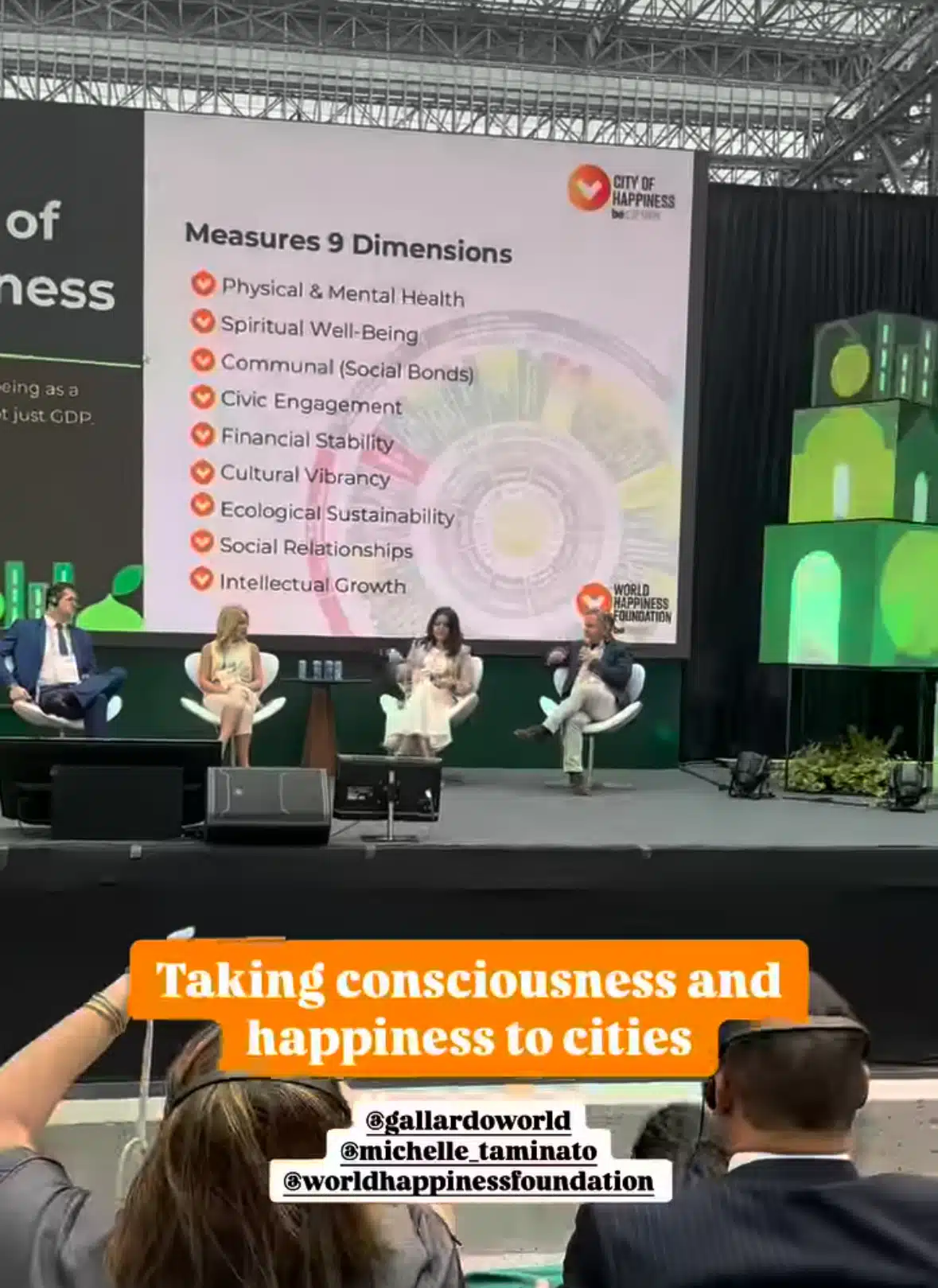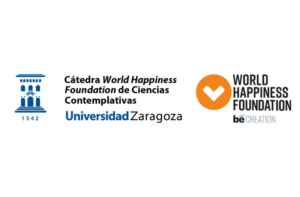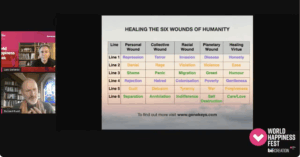
Happytalism and the 2025 Doha Political Declaration: A Paradigm Shift for Social Transformation
Executive Summary The Doha Political Declaration adopted at the 2025

Good health and well-being (United Nations Sustainable Development Goal 3) stand at the core of sustainable development and human happiness. Over recent decades, the world has made significant strides – life expectancy has increased dramatically, infant and maternal mortality rates have declined, and we’ve turned the tide on HIV/AIDS while malaria deaths have been cut in half. Yet profound challenges remain: progress is uneven and the world is off-track to meet health targets, with a 31-year gap between countries’ life expectancies and many being left behind. At least 400 million people still lack basic healthcare and 40% of the world’s population has no social protection net, underscoring the work ahead to ensure health for all. The World Happiness Foundation (WHF) views SDG 3 as critical because health is more than just the absence of illness – it is the foundation of a fulfilling life and a requisite for progress in every other domain. In our paradigm of “Happytalism,” societal success is measured by the happiness and health of all members, reflecting our belief that well-being is the truest indicator of development. Because mental health is inseparable from physical health – 1 in every 8 people worldwide lives with a mental disorder – we embrace a holistic definition of health. Achieving SDG 3 is not an isolated endeavor; it is intimately linked with all other global goals, and the future of humanity itself depends on our success in fostering healthy, happy lives for everyone.
SDG 3 (Good Health & Well-Being) is traditionally defined as ensuring healthy lives and promoting well-being for all at all ages. The World Happiness Foundation embraces and expands this mandate by reframing SDG 3 as “Holistic Health & Happiness,” emphasizing a multidimensional view of health. Holistic health means physical, mental, emotional, and social well-being – not merely freedom from disease. As Luis Miguel Gallardo, our founder, notes, health “is not merely the absence of illness, but the presence of well-being in mind and body” – attainable through preventive care, supportive communities, and a focus on happiness as a metric. In this vision, healthcare is integrated with positive psychology and preventive practices, recognizing that happiness itself is a public good to be promoted alongside traditional health services. In practical terms, this means measuring success in lives improved and joy spread, not just diseases cured. We advocate for healthcare systems and policies that nurture all dimensions of health – for example, ensuring mental health and emotional resilience are given as much importance as physical ailments. By treating happiness and well-being as core outcomes, we create a positive, proactive healthcare ethos that uplifts individuals and communities.
This multidimensional approach to SDG 3 calls for collaboration across sectors. It extends beyond clinics and hospitals into schools, workplaces, and public spaces – wherever people live their daily lives. Promoting holistic well-being involves educators teaching emotional intelligence and mindfulness (contributing to mental health), urban planners designing cities with green spaces for stress relief, and employers prioritizing work-life balance and emotional wellness in the workplace. Health is everyone’s business. When we cultivate conditions for people to thrive both physically and psychologically, we not only prevent illness but also unlock human potential. In short, good health & well-being is the enabler of human flourishing. It allows children to learn better, adults to work more productively, and communities to live in greater harmony. This is why the World Happiness Foundation champions a broad vision of SDG 3 – one that intertwines health and happiness as twin goals of human progress.
Crucially, SDG 3 is deeply interconnected with all 16 other Sustainable Development Goals – progress (or failure) in one area reverberates across all the others. The UN’s 2030 Agenda itself highlights “the complexity and interconnectedness” of health and sustainable development. Simply put, we cannot achieve lasting well-being in isolation; health is both a prerequisite and a result of progress in every sphere. Some examples illustrate how health lies at the heart of sustainable development:
These are just a few examples. In reality every SDG influences health, and in turn, achieving SDG 3 makes other goals more attainable. Research confirms these linkages: SDG 3 (health and well-being) has especially strong synergies with goals like eradicating poverty, quality education, gender equality, clean water and sanitation, and reducing inequalities. For instance, improving healthcare access helps reduce inequalities (SDG 10) by leveling the field for vulnerable groups, and building sustainable cities (SDG 11) with parks and clean air directly improves residents’ health (as evidenced by the millions of lives that could be saved by cleaner air). Understanding these interdependencies, the World Happiness Foundation advocates a systems approach: we must address the social, economic, and environmental determinants of health together. By striving for all goals in unison – ending poverty and hunger, educating all children, empowering women, protecting nature, and more – we create the conditions in which healthy lives and happiness can flourish for everyone. In short, SDG 3 cannot be achieved in a vacuum; it is both dependent on and instrumental to progress on every other global goal. Health is the thread that weaves through the entire tapestry of sustainable development and human progress.
Achieving SDG 3 will require more than just funding hospitals or defeating individual diseases – it calls for a profound mindset shift in how we approach health and well-being. The World Happiness Foundation proposes moving beyond the scarcity mindset that has long dominated traditional development thinking, and embracing an abundance mindset in global health. For decades, public health efforts often focused on shortages and constraints: not enough doctors, too few hospital beds, scarce funding – essentially a zero-sum fight over limited resources. While addressing deficits is important, a scarcity perspective can inadvertently breed fear, competition, and the sense that health is a privilege for the few. Happytalism flips this narrative: it “replaces fear with trust” and recognizes that one community’s flourishing need not come at the expense of another’s. In terms of health, this means we reject the notion that there’s only so much wellness to go around. Health is not a zero-sum resource; when others succeed, we all succeed. An epidemic contained in one country is a victory for all countries, and a child cured of illness is a future citizen who can contribute to our shared world. In an interconnected world, everyone’s well-being benefits everyone else – we rise together, or not at all.
An abundance-based approach to health encourages long-term, collaborative solutions over short-term fixes. It asks us to invest in well-being because it benefits everyone. As Gallardo emphasizes, investing in public health should be seen “not as charity, but as common sense” – every time we lift up the most marginalized, it “creates more for everyone” by building a stable, thriving society. Practically, this means focusing on preventive care, universal access, and innovation in healthcare delivery rather than merely reacting to emergencies. For example, providing basic healthcare and vaccinations to all is not a costly drain, but a wise investment that pays dividends in productivity, resilience, and happiness (studies show enormous economic returns for every dollar spent on prevention). Mental health support and preventive wellness programs – like nutrition, exercise, and stress-reduction initiatives – similarly enrich communities, reducing downstream costs and suffering. An abundance mindset in health also means sharing knowledge and technology globally: today, humanity has enough medical expertise and resources to care for everyone, if we cooperate rather than compete. We saw this spirit during the COVID-19 pandemic, where unprecedented global collaboration led to vaccines developed in record time and distributed worldwide. When the world unites for health, seemingly impossible breakthroughs can happen – miracles born of solidarity and shared purpose.
Happytalism also reframes SDG 3’s targets in positive, opportunity-focused terms. Instead of merely counting how many mothers did not die in childbirth or how many epidemics were averted, we envision actively creating health and spreading well-being. In other words, rather than just reducing illness or mortality, we aim to increase the joy, vitality, and healthy years of life that our policies bring to people. For instance, rather than focusing on the absence of disease, we measure the presence of wellness – how many more people are thriving physically and mentally because of our interventions. This optimistic outlook does not ignore the real gaps and challenges; rather, it motivates us to imagine and build the systems needed for health abundance. We acknowledge that the world already possesses vast wealth and knowledge – more than enough to ensure health for everyone – if only those assets are distributed and utilized wisely. By shifting to a mindset of plenty, we cultivate compassion, trust, and innovation in the public health arena. We move from treating health as a problem to fix, to celebrating health as a collective opportunity: an opportunity to enhance quality of life, strengthen communities, and pave the way to greater happiness and peace.
Ultimately, the World Happiness Foundation’s vision for SDG 3 is profoundly hopeful and deeply humanistic. We see good health and well-being as the foundation of what we call Fundamental Peace – a state in which every person is free from fear and want, conscious of each other’s dignity and humanity, and able to live with joy. In such a world, happiness and health for all are both the means and the end of development. Achieving SDG 3 unlocks progress on all other goals, propelling us toward the broader mission we share with the UN and the global community: a world where no one is left behind and everyone can thrive. Our pledge to realize “10 billion free, conscious and happy people by 2050” reflects the scale of our ambition and the inclusivity of our approach. We believe it is possible – but only if well-being, in the fullest holistic sense, becomes a universal reality.
This future hinges on collective action and shared responsibility. Governments must prioritize healthcare and social support; businesses must value employee well-being and contribute to healthy environments; communities must care for their vulnerable members; and each of us, as individuals, must recognize our role as conscious catalysts of health and happiness. Achieving SDG 3 is a task for all of us. As highlighted in our Happytalist framework, every person is a stakeholder in this abundant future, and by uniting our efforts and wisdom, we amplify our impact as conscious catalysts of change. In other words, achieving world happiness depends on all of us working together, across borders and sectors, with a sense of common purpose.
In conclusion, the World Happiness Foundation calls on the global family to embrace a multidimensional, abundance-minded approach to SDG 3. Let us redefine “health” to mean holistic well-being, treat happiness as a public good, and recognize that a healthy world is the bedrock of a peaceful and prosperous world. SDG 3 is not just one goal among many – it is the beating heart of the entire 2030 Agenda, “essential to sustainable development” itself. By investing in the health and happiness of all people, we invest in our shared future. Our vision is both reflective and bold: a world in which thriving health is common to everyone, where each generation experiences greater wellness and joy than the last, and where humanity finally realizes that our greatest wealth is not material – it is the well-being of our people and our planet. We invite every nation, organization, and individual to join us in this mission. The future of humanity depends on it, and together, we can make it a reality.
Sources: The facts and perspectives in this statement are informed by global health data and thought leadership from the United Nations and World Health Organization, as well as the World Happiness Foundation’s own Happytalist framework and vision for sustainable happiness. Key statistics on health progress and challenges are drawn from the UNDP and WHO (e.g. life expectancy gains, disease reductions, and remaining gaps). Research on the interdependence of SDG 3 with other goals is highlighted by studies on SDG synergies, while insights on the abundance mindset and “Happytalism” are adapted from World Happiness Foundation thought pieces and the words of WHF founder Luis Miguel Gallardo. Together, these sources reinforce the central message: that good health – in body and mind – is the core of sustainable happiness and fundamental to achieving all our global goals.
Sources:

Executive Summary The Doha Political Declaration adopted at the 2025

Introduction: Science and Spiritual Wisdom United for Peace Every year

Humanity carries deep core wounds that have shaped our personal